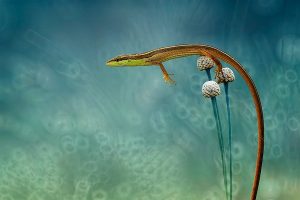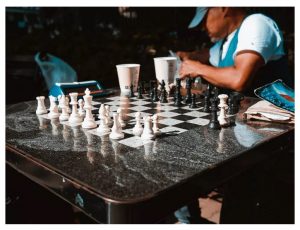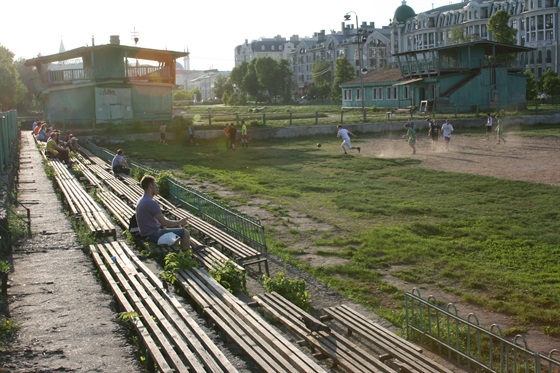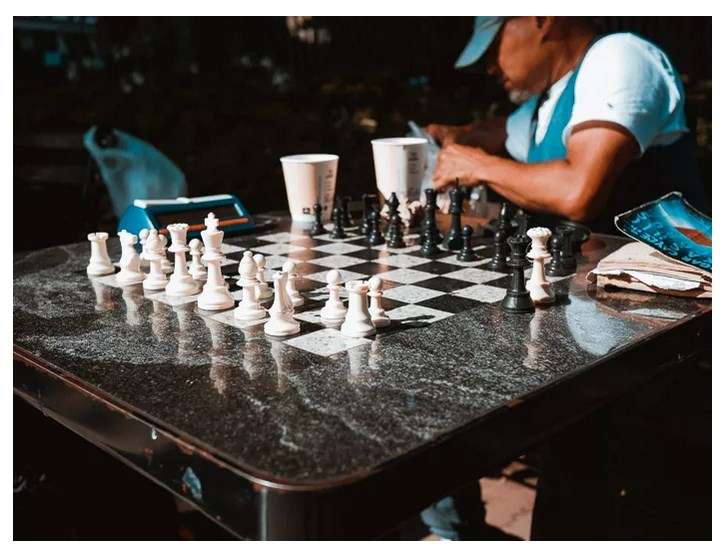concrete reality
SIX FUNDAMENTAL MACRO PRINCIPLES
 Macro photography is sometimes mistakenly called “close-up photography” in photography. This statement cannot be considered fundamentally false, but if you use it, then very many may consider you an amateur. In the classical sense, macro photography is called shooting at a scale of 1: 2 – 20: 1 (that is, 1 centimeter of the image on the photosensitive material of the camera corresponds to 2-0.05 centimeters of the object). As a rule, macro subjects are very small – most often they are insects or flowers.
Macro photography is sometimes mistakenly called “close-up photography” in photography. This statement cannot be considered fundamentally false, but if you use it, then very many may consider you an amateur. In the classical sense, macro photography is called shooting at a scale of 1: 2 – 20: 1 (that is, 1 centimeter of the image on the photosensitive material of the camera corresponds to 2-0.05 centimeters of the object). As a rule, macro subjects are very small – most often they are insects or flowers.
Larger objects can also be interesting for macro shots if, for example, a photographer wants to focus on some very specific, smaller details of a large object. Continue reading
HOW TO USE A TELECONverter
 What is a teleconverter?
What is a teleconverter?
Tele-converter (English sec. TS) is an additional optical system that is fixed between the camera body and the main lens. The purpose of the teleconverter is to increase the effective focal length of the primary lens. TSs are characterized by a magnification factor that varies from 1.2x to 3.0x (the most common are 1.4x and 2.0x). For example, for a telephoto lens with a focal length of 300 mm f / 2.8, a 2.0x tele-converter will double the focal length and reduce the maximum aperture by two full stops, resulting in a focal length of 600 mm f / 5.6. Teleconverters have the same effect on the zoom lens – the entire zoom range will be increased, and the maximum aperture will be reduced. For example, a 1.4x TC turns a lens with a focal length of 70-200 mm / 2.8 into a lens with 98-280 mm / 4.0. Continue reading
CHESS PHOTO: IMPORTANT TIPS FOR A PROFESSIONAL APPROACH
 It would seem that it’s so special in photographing people playing chess. However, if you take chess photography seriously, you can see how exciting it is. In order to convey everything that accompanies chess in a static image, you will need a few tips. Get to know them, and then shooting your first tournament will be awesome by default.
It would seem that it’s so special in photographing people playing chess. However, if you take chess photography seriously, you can see how exciting it is. In order to convey everything that accompanies chess in a static image, you will need a few tips. Get to know them, and then shooting your first tournament will be awesome by default.
Don’t bother the players
Playing chess involves a lot of concentration. As a photographer, you must be careful not to interfere with the process when shooting. Firstly, in order not to distract the players, do not get too close to them. Try to stay at least two meters away if possible. This is enough so that you can shoot high-quality images without interfering. Continue reading




